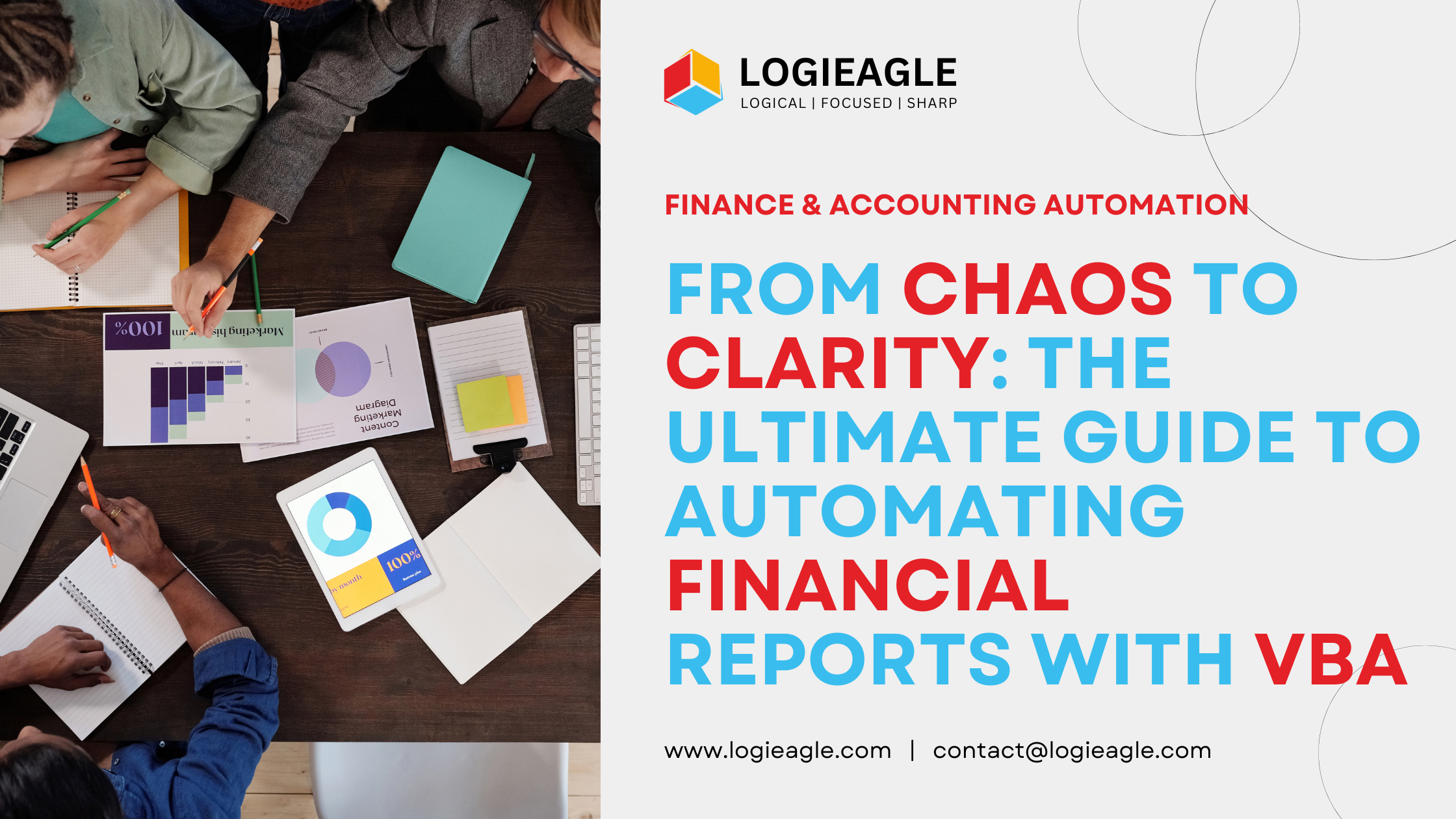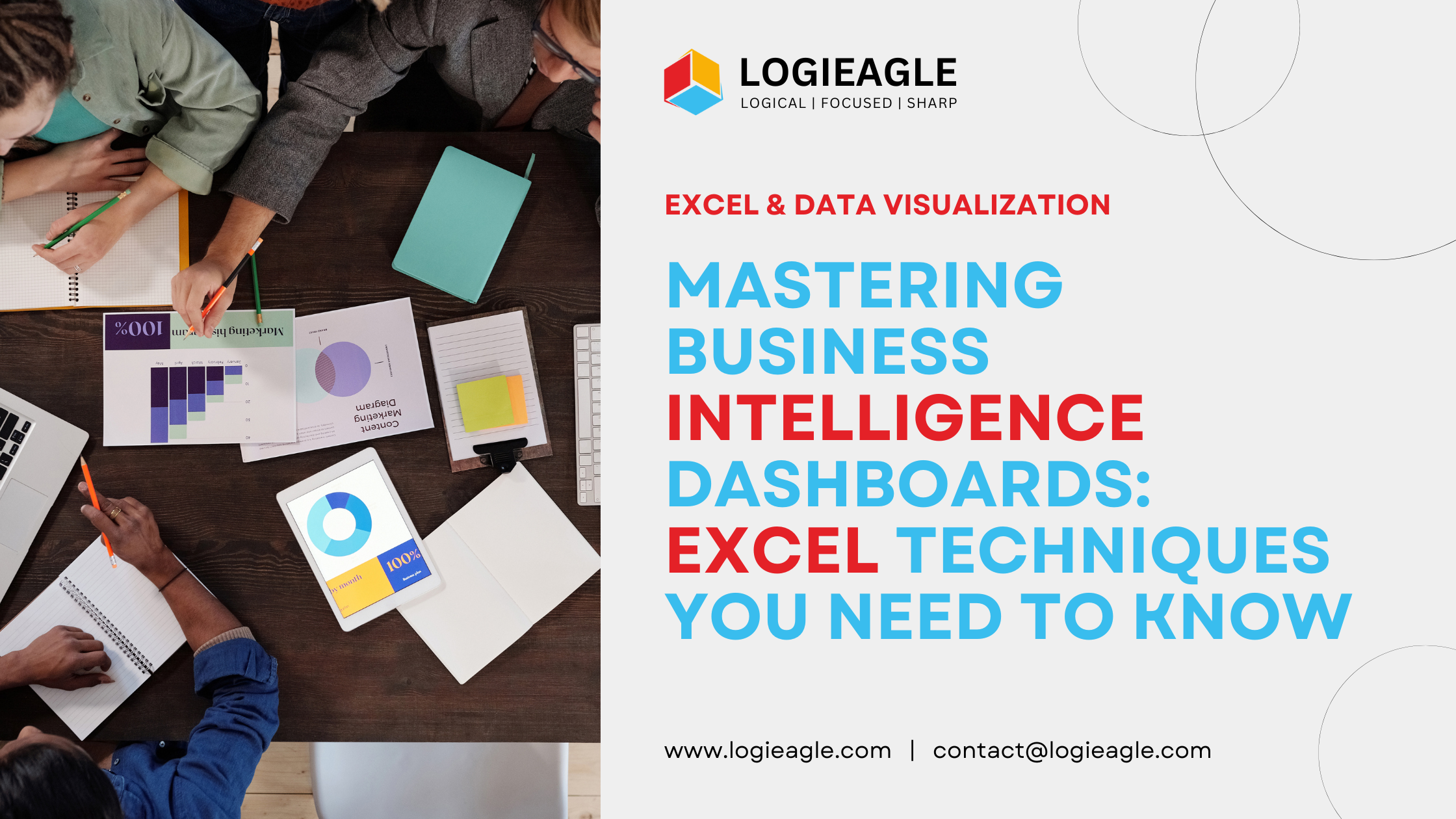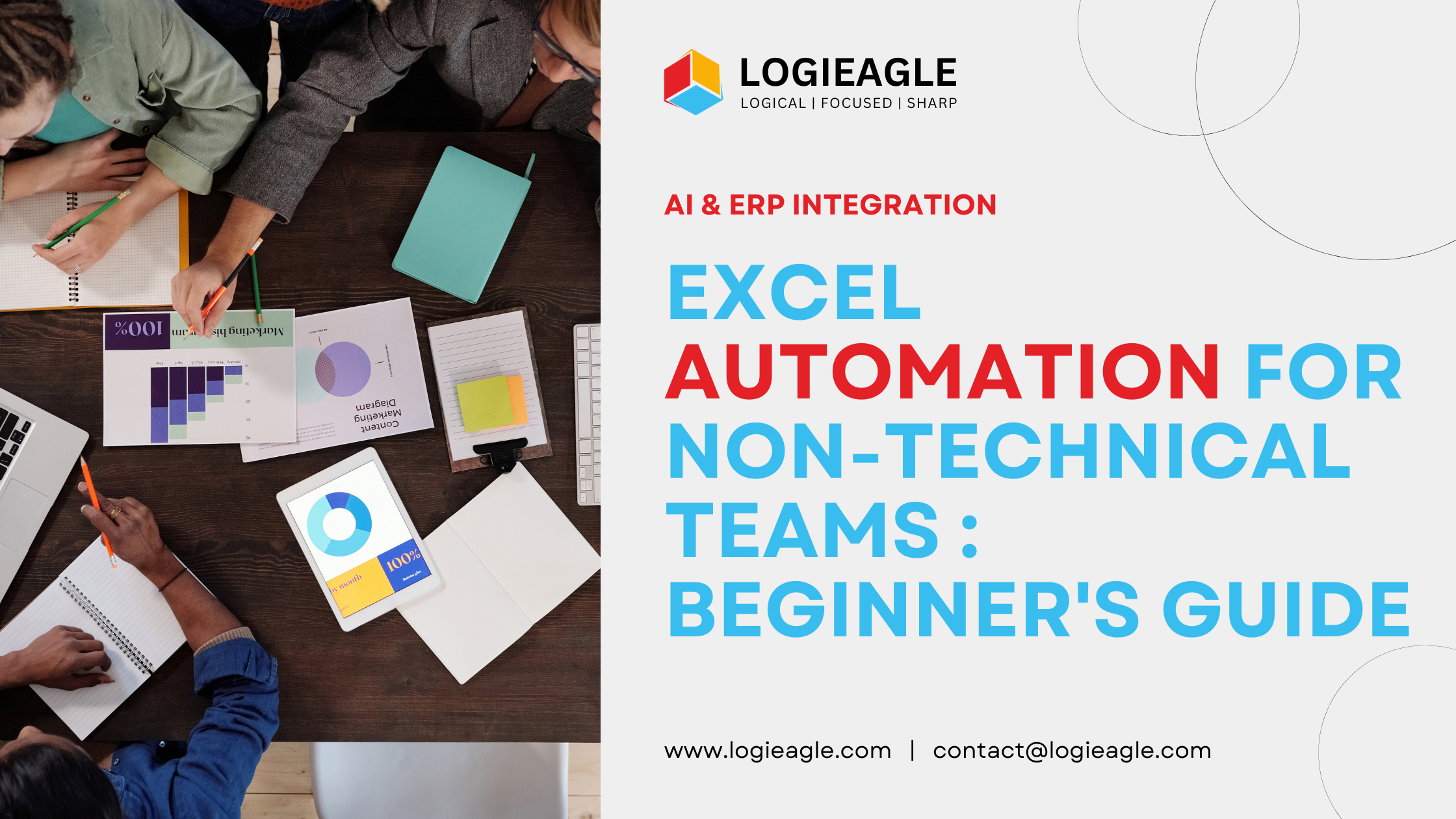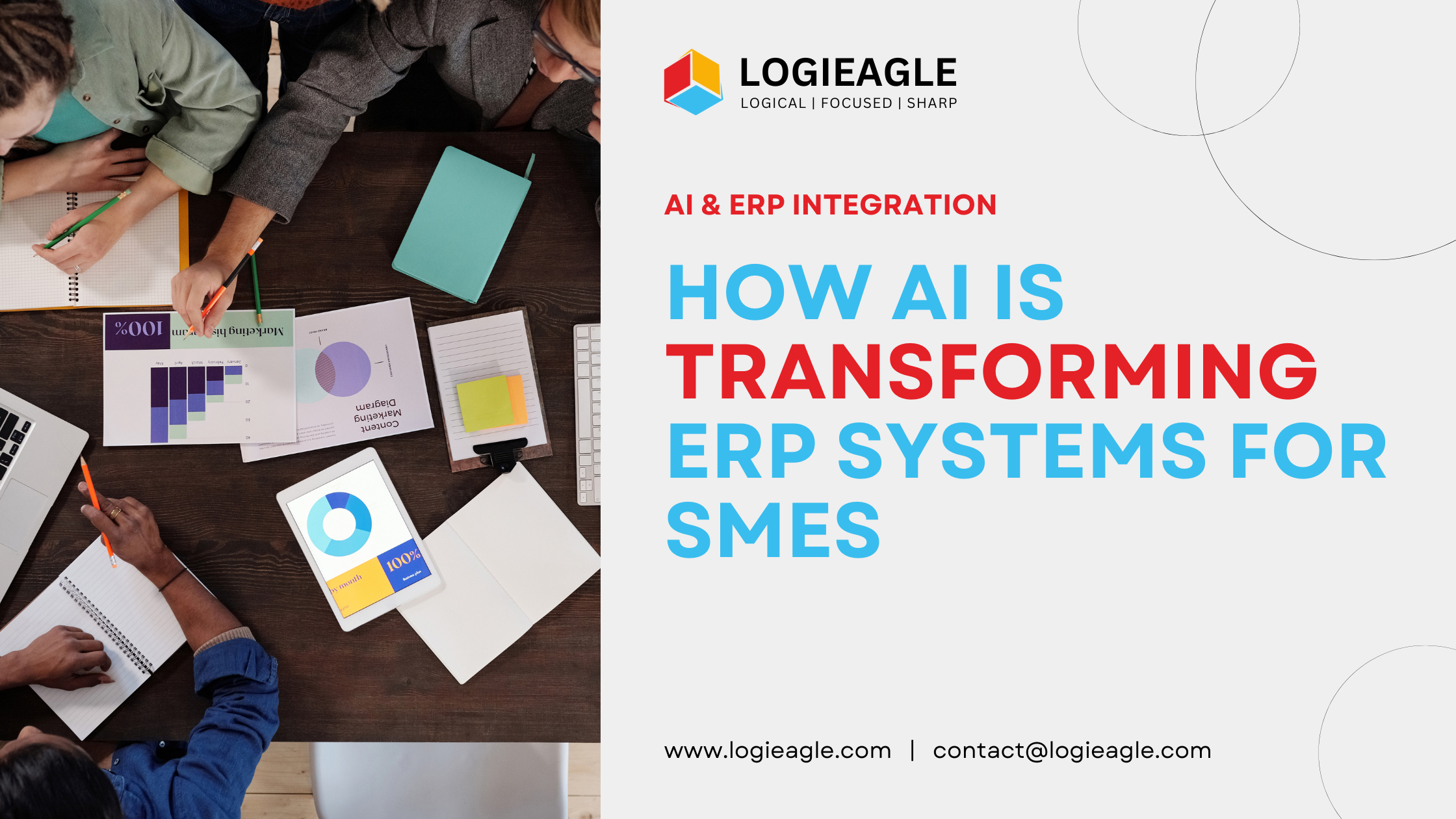
Predictive analytics is a powerful technique that leverages historical data to make predictions about future events or outcomes. In recent years, machine learning algorithms have revolutionized predictive analytics by enabling more accurate predictions across various domains. In this beginner’s guide, we’ll explore the fundamentals of predictive analytics with machine learning, including key concepts, popular algorithms, and practical applications.
- 1. Understanding Predictive Analytics:
Predictive analytics involves extracting insights from historical data to forecast future trends, behaviors, or outcomes. It relies on statistical modeling and machine learning techniques to identify patterns, relationships, and anomalies in data that can be used to make predictions with varying degrees of confidence. - 2. Introduction to Machine Learning:
Machine learning is a subset of artificial intelligence (AI) that focuses on developing algorithms capable of learning from data and making predictions or decisions without explicit programming instructions. Supervised learning, unsupervised learning, and reinforcement learning are common types of machine learning approaches. - 3. Supervised Learning:
Supervised learning involves training a model on labeled data, where the input features are associated with corresponding target labels or outcomes. Popular supervised learning algorithms include linear regression, logistic regression, decision trees, random forests, support vector machines (SVM), and neural networks. - 4. Unsupervised Learning:
Unsupervised learning deals with uncovering hidden patterns or structures in unlabeled data. Clustering algorithms, such as K-means clustering and hierarchical clustering, are commonly used for grouping similar data points together based on their features. Dimensionality reduction techniques like principal component analysis (PCA) are also used to simplify complex datasets. - 5. Data Preprocessing and Feature Engineering:
Data preprocessing involves cleaning, transforming, and preparing raw data for machine learning algorithms. Feature engineering plays a crucial role in predictive modeling by selecting, extracting, or creating relevant features that capture important information from the data. Techniques like normalization, encoding categorical variables, and handling missing values are commonly used in data preprocessing. - 6. Model Training and Evaluation:
Model training involves fitting a machine learning algorithm to the training data to learn the underlying patterns and relationships. Evaluation metrics such as accuracy, precision, recall, F1 score, and ROC-AUC are used to assess the performance of predictive models on unseen data. Cross-validation techniques help estimate the generalization error and prevent overfitting. - 7. Practical Applications of Predictive Analytics:
Predictive analytics with machine learning has diverse applications across various industries, including finance, healthcare, marketing, retail, and manufacturing. Examples include customer churn prediction, fraud detection, demand forecasting, personalized recommendations, predictive maintenance, and risk assessment. - 8. Tools and Libraries for Predictive Analytics:
There are several open-source and commercial tools and libraries available for implementing predictive analytics with machine learning. Popular libraries like scikit-learn, TensorFlow, Keras, PyTorch, and Apache Spark provide comprehensive support for building and deploying predictive models in Python and other programming languages. - 9. Challenges and Considerations:
While predictive analytics offers tremendous opportunities, it also presents challenges such as data quality issues, model interpretability, ethical concerns, and regulatory compliance. Addressing these challenges requires careful consideration of data governance, model transparency, and ethical considerations throughout the predictive analytics lifecycle. - 10. Future Trends and Opportunities:
The field of predictive analytics with machine learning continues to evolve rapidly, driven by advancements in algorithms, data infrastructure, and computational resources. Emerging trends such as automated machine learning (AutoML), explainable AI, federated learning, and AI-driven decision-making present exciting opportunities for innovation and growth in predictive analytics.
Conclusion
Predictive analytics with machine learning empowers organizations to unlock valuable insights from data and make informed decisions to drive business outcomes. By understanding the principles, algorithms, and best practices outlined in this beginner’s guide, you can embark on your journey to harness the predictive power of machine learning and transform data into actionable intelligence.
 From Chaos to Clarity: The Ultimate Guide to Automating Financial Reports with VBA
From Chaos to Clarity: The Ultimate Guide to Automating Financial Reports with VBA
 Did You Know You Can Launch an MVP in 30 Days? Here's How!
Did You Know You Can Launch an MVP in 30 Days? Here's How!
 Mastering Business Intelligence Dashboards: Excel Techniques You Need to Know
Mastering Business Intelligence Dashboards: Excel Techniques You Need to Know
 Turning Excel into a Scalable Business Tool: A Step-by-Step Guide
Turning Excel into a Scalable Business Tool: A Step-by-Step Guide
 The Psychology Behind Intuitive UX: How to Design for User Comfort
The Psychology Behind Intuitive UX: How to Design for User Comfort
 What Makes a Good MVP? Essential Tips for First-Time Founders
What Makes a Good MVP? Essential Tips for First-Time Founders
 How to Increase User Retention with Game Mechanics in Your App
How to Increase User Retention with Game Mechanics in Your App
 Excel Automation for Non-Technical Teams: A Beginner's Guide
Excel Automation for Non-Technical Teams: A Beginner's Guide
 How AI Is Transforming ERP Systems for SMEs
How AI Is Transforming ERP Systems for SMEs
 Why UX Is the Silent Salesperson in Every App
Why UX Is the Silent Salesperson in Every App